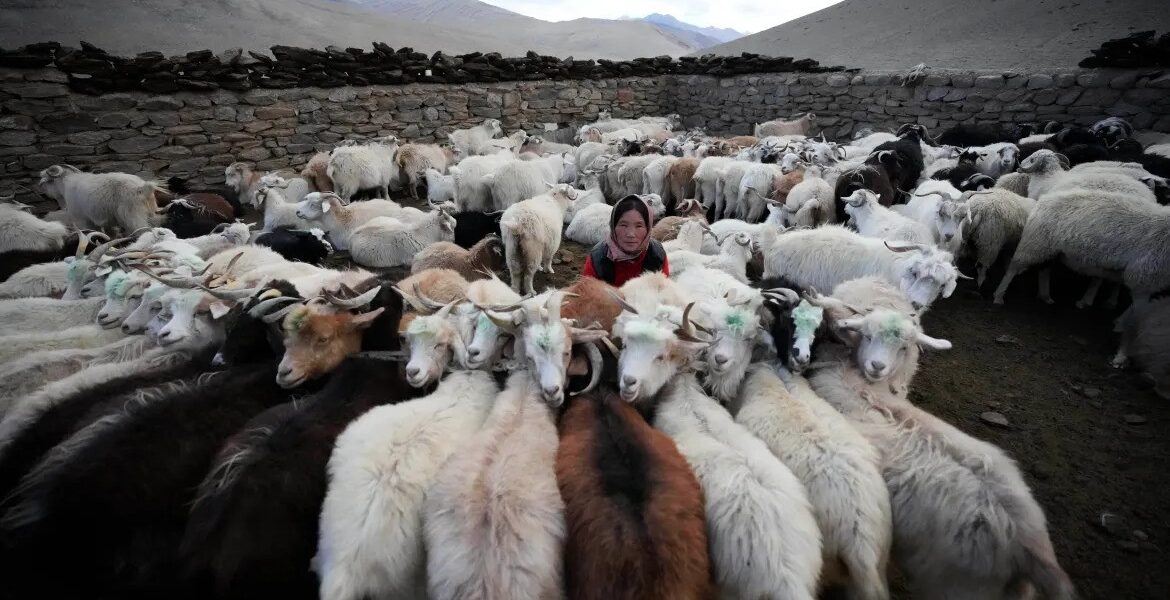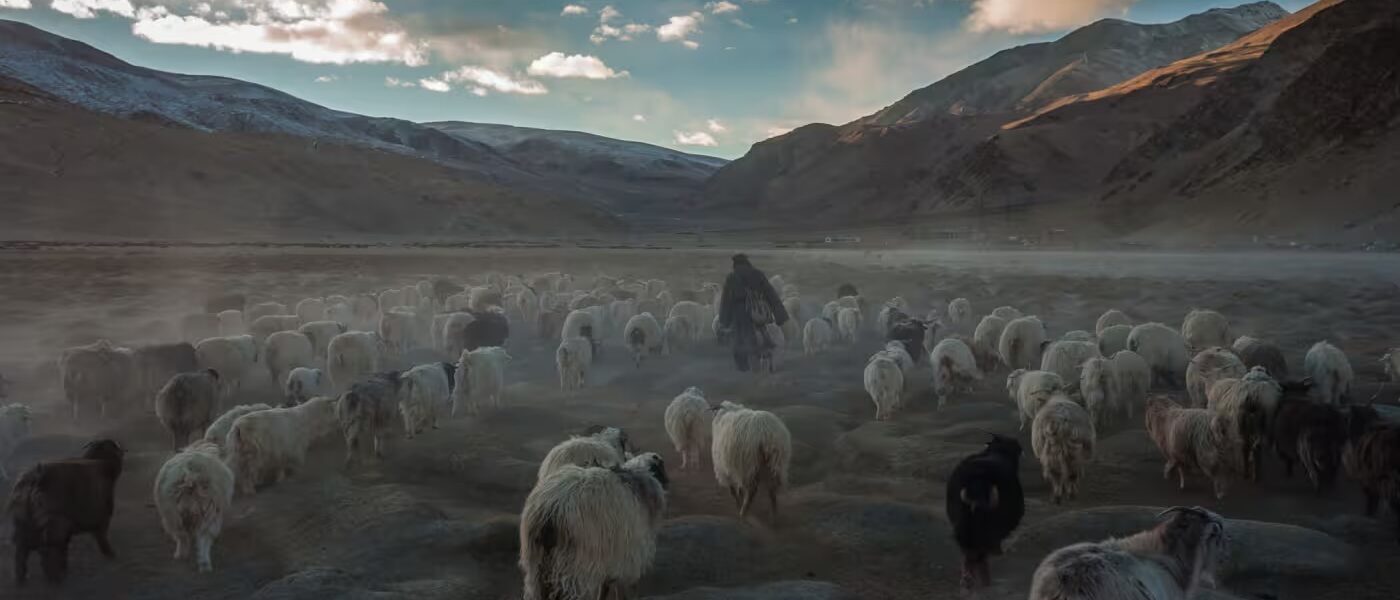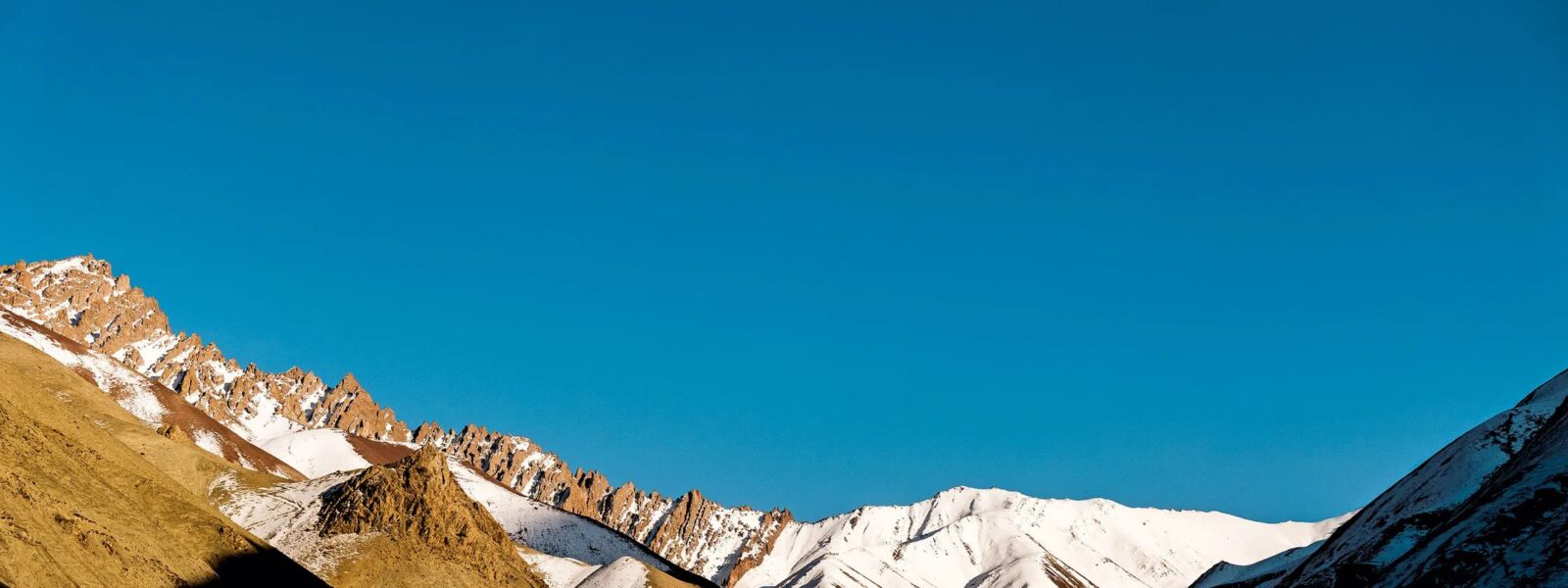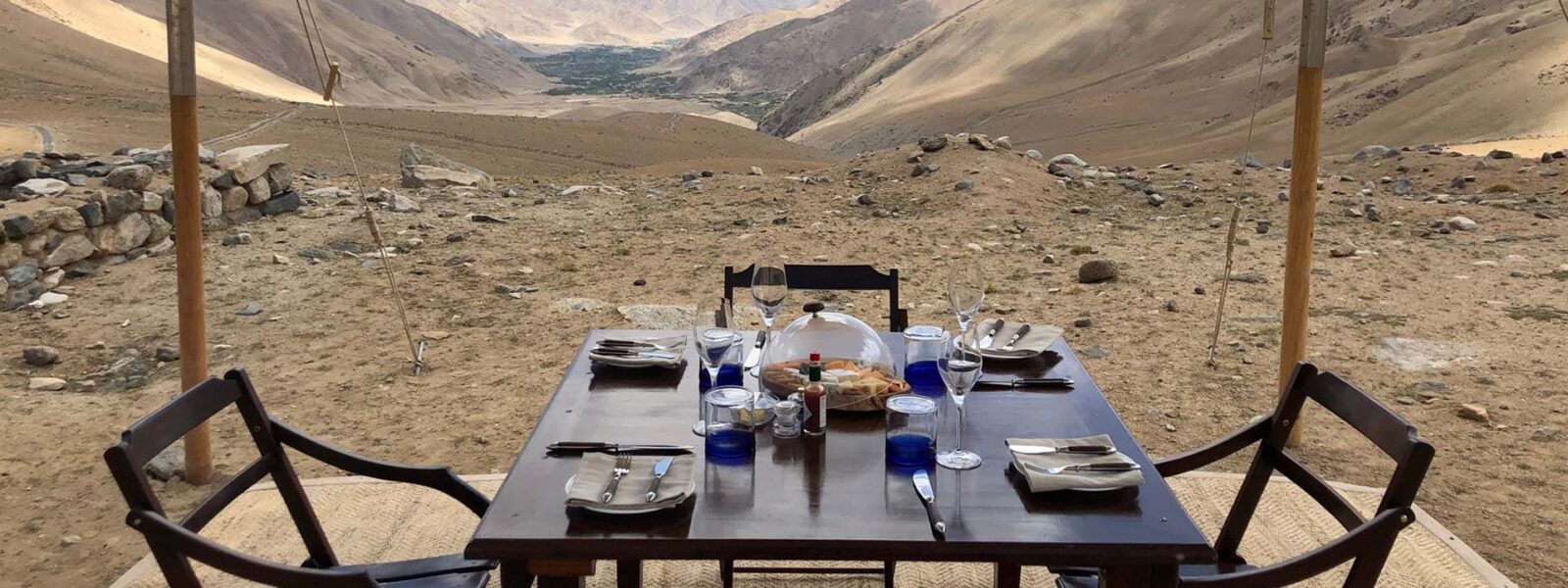A New Altitude, A New Perspective
Landing in Leh — Where Air is Thin and Light is Sacred
When I stepped off the plane in Leh, I was not met with chaos, noise, or humidity—the usual welcome committee in many parts of Asia. Instead, silence. And light. The kind of high-altitude light that makes even shadows seem elevated, as if gravity has loosened its grip. At 3,500 meters above sea level, Leh is the entryway to Ladakh’s untamed trekking routes—some of the most striking and least trodden paths in the world. For someone who has spent weeks traversing the green tunnels of the Appalachian Trail, arriving in this cold desert felt like stepping into another planet’s atmosphere.
The body resists at first. Breathing is shallow. Legs feel heavier. Locals call it “getting used to the sky.” Acclimatization is more than a physiological process here—it’s a ritual. You’re not allowed to rush into adventure. The Himalayas demand your respect before they offer you wonder. I spent my first 48 hours resting, walking slowly through Leh’s Old Town, sipping butter tea in silence, and watching mountains shift color with every passing hour.
While the Appalachian Trail offers a continuous, marked path supported by shelters and resupply points, the treks in Ladakh are far more primal. There are no trail signs. No guideposts except for cairns built by other wanderers. It is an experience that invites not just your feet, but your instincts.
From Green Tunnels to Mountain Deserts
The Appalachian Trail feels like a forest cathedral—lush, damp, sometimes claustrophobic. Its trails are padded with pine needles, its canopy a blanket that filters sunlight. But Ladakh? It’s a sacred void. The trails here—if you can call them that—are raw veins of earth cutting across high-altitude passes, lunar valleys, and villages that look like they’ve grown from the rock itself. One is a symphony of green; the other, a poem in ochre and blue.
This contrast is not just visual—it’s philosophical. On the Appalachian Trail, nature shelters you. In Ladakh, it exposes you. There is no protection from the wind that screams across Kongmaru La, no escape from the relentless sun above Nimaling. Yet it’s in this very exposure that Ladakh’s treks become transformative. They push you to walk not only farther, but deeper—into your own limits, fears, and stillness.
Trekking in Ladakh is not for everyone, and that’s precisely what makes it compelling. For those who’ve conquered long-distance routes like the Appalachian Trail, these Himalayan paths offer not just elevation, but revelation. They don’t care how many miles you’ve hiked. They care how open you are to mystery.

Comparing Trail Philosophies: East vs. Himalayas
Structure vs. Spirit: How Trails Reflect Civilizations
In North America, the Appalachian Trail is the embodiment of structure. Created in the 1920s and maintained through a blend of federal oversight and volunteerism, it is a marvel of civic engineering. White blazes mark every turn, shelters appear at reasonable intervals, and detailed maps accompany every section. It is, in many ways, a trail of comfort—designed to invite rather than challenge, to guide rather than mystify. Hikers step into a carefully curated wilderness, a place where nature has been made accessible, even democratic.
Ladakh could not be more different. Here, the trail is an interpretation. You read the slope of the land, the goat paths, the distant flutter of prayer flags tied atop a ridge. The “trail” might be a yak’s habitual route or a monk’s solitary footpath to a hidden hermitage. There is no governing body painting markers or updating mobile apps. Instead, Ladakhi treks are shaped by centuries of seasonal movement, spiritual pilgrimage, and geographic necessity.
This absence of infrastructure is not a flaw. It is, in fact, a deeper form of coherence—one that doesn’t separate the trail from the culture. Every step you take in Ladakh touches the ancient. You pass chortens built stone by stone from memory, cross wooden bridges restored by villagers after each monsoon, and sleep in homes where your arrival is less transaction and more tradition.
Wayfinding in Ladakh — Trust, Maps, and Mountain Logic
On the Appalachian Trail, you learn to trust maps. In Ladakh, you learn to trust people—and your own adaptability. I once asked a shepherd boy near Lingshed if I was going the right way. He pointed toward a jagged ridgeline and said only, “That way, slowly.” There was no topographic reassurance, no GPS track to follow. Just intuition and time.
Wayfinding in the Himalayas is almost philosophical. It teaches you how to move through uncertainty, how to read light and terrain, and how to listen—really listen—to those who live here. There’s humility in realizing that you, with all your gear and trekking apps, know far less than a barefoot child who has never left his village.
For those coming from the ordered wilderness of the Appalachian Trail, this is both disorienting and freeing. You’re not being guided—you’re being invited. The difference is subtle, but profound. In Ladakh, the mountains do not merely offer you a route. They ask you to earn it.

Human Encounters in Thin Air
Tea, Altitude, and Unspoken Bonds
The higher you climb in Ladakh, the more minimal life becomes—and the more profound its offerings. In the hamlet of Skiu, a woman welcomed me with no more than a nod and a motion toward a low bench beside her hearth. She didn’t speak English, and I speak only fragments of Ladakhi. But between us, a steaming cup of butter tea bridged everything. I had felt moments of fellowship on the Appalachian Trail—through shared blisters, stories, or laughter at shelters—but this was different. It wasn’t camaraderie. It was kinship.
In Ladakh, hospitality isn’t an event. It’s embedded. It doesn’t ask questions or require explanation. You are simply received. Each village I passed through on the Markha Valley trail seemed to operate on this silent social contract: a trekker arrives; they are fed, guided, and given space to breathe. That simplicity stunned me. There were no hiker registries, no campsites marked out by government agencies—just families, traditions, and homes that fold you in like snow on stone.
It reminded me of early sections of the Appalachian Trail in the South, where “trail angels” left coolers of soda or offered rides into town. But in Ladakh, this isn’t kindness out of the ordinary. It is the ordinary. Generosity, here, is not a gift. It is a worldview.
Eco-Conscious Trekking: Lessons from a Living Landscape
You cannot walk through Ladakh without understanding that the land is sacred—not metaphorically, but tangibly. Every cairn has a history. Every pass has a name spoken in prayer. Where the Appalachian Trail emphasizes wilderness preservation through rules and signage, Ladakh practices preservation through reverence. People don’t leave trash because it would dishonor the mountain spirits. No one speaks loudly at certain stupas because silence is part of the offering.
This perspective has altered how I see sustainability. It’s not about offsetting your footprint—it’s about understanding that you were never meant to leave one. The villagers of Hankar didn’t host me with brochures about ecotourism or explain carbon neutrality. They showed me how to live lightly through action: cooking with yak dung fuel, conserving water at 4,000 meters, reusing everything from teacups to twine.
For European travelers seeking immersive, conscious adventure, Ladakh offers a different kind of blueprint. It’s not just about beautiful views or remote trails. It’s about re-entering a relationship—with land, with people, and with values we’ve perhaps forgotten. You come to Ladakh for the trek, but you stay for the humanity.
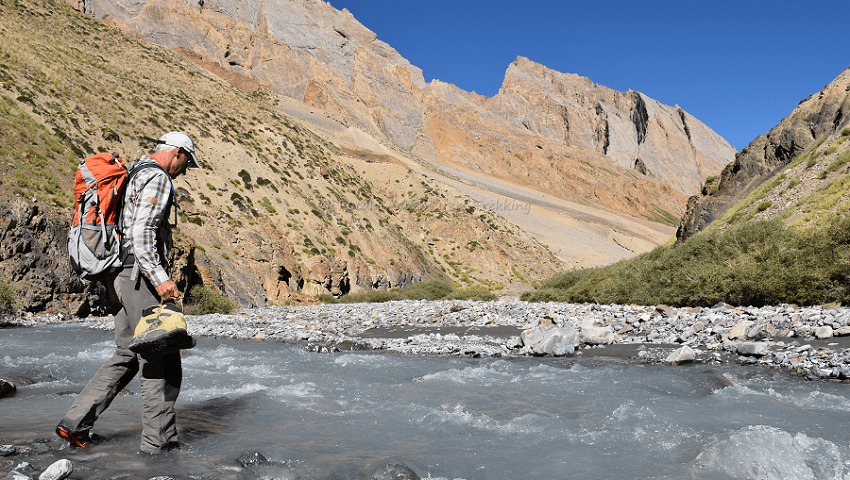
The Physiology of Wilderness
Breathless at 5,000 Meters — Not Just from the View
Crossing Kongmaru La, one of Ladakh’s iconic high passes at over 5,200 meters, was not a triumphant moment. It was a quiet, internal reckoning. Each breath felt like sipping air through a straw, and my pulse thumped against the roof of my skull. I remember sitting on a rock that morning, hands on my knees, watching a herd of blue sheep move like shadows along a far ridge. I wasn’t afraid. I was humbled.
Altitude reshapes you. Not metaphorically—biologically. In the Appalachians, you battle humidity, heat, and elevation gain. But your lungs, your muscles, your blood—they operate within familiar limits. In Ladakh, those limits dissolve. The body becomes an instrument constantly tuning itself: adjusting pace, regulating water, recalibrating expectations. Every few steps demand a pause. And every pause demands patience.
For trekkers accustomed to measuring success by distance or elevation gain, Ladakh introduces a different metric: endurance of stillness. It teaches you that moving slowly isn’t failure—it’s survival. And in that enforced slowness, beauty emerges. Snow peaks reveal themselves between breaths. Rivers sound louder. Time stretches. It’s not a race. It’s a reverence.
Packing for the Unexpected: Lessons from a First-Timer
Before coming to Ladakh, I believed I had my gear dialed in. After all, I’d walked thousands of kilometers along the Appalachian Trail. I knew about layering, blister care, food weight. But the Himalayas taught me new rules. A good sleeping bag isn’t a comfort—it’s survival. Sunscreen isn’t optional—it’s armor. And don’t forget water purification, because clear streams here may still carry invisible risks.
Footwear also plays a different role. On Appalachian paths, I favored trail runners—light, breathable, efficient. In Ladakh, with its scree slopes, river crossings, and dusty switchbacks, I needed sturdy ankle support and tougher soles. Windproof gloves became my daily salvation. A buff wasn’t just for dust—it was a barrier against the solar glare bouncing off bare rock.
Still, the most important gear was attitude. Ladakh demands that you prepare for altitude sickness, for sudden snowfall in August, for itineraries that shift because a pass is blocked or a yak has wandered onto your path. Flexibility, both mental and physical, is your lightest and most essential pack item.
For European hikers venturing into this part of the Himalayas, especially those who’ve conquered Alpine peaks or walked the Camino, Ladakh offers something both wilder and more intimate. Preparation matters, yes—but so does humility. The trail won’t be controlled. It must be respected. And in return, it might just change you, molecule by molecule.
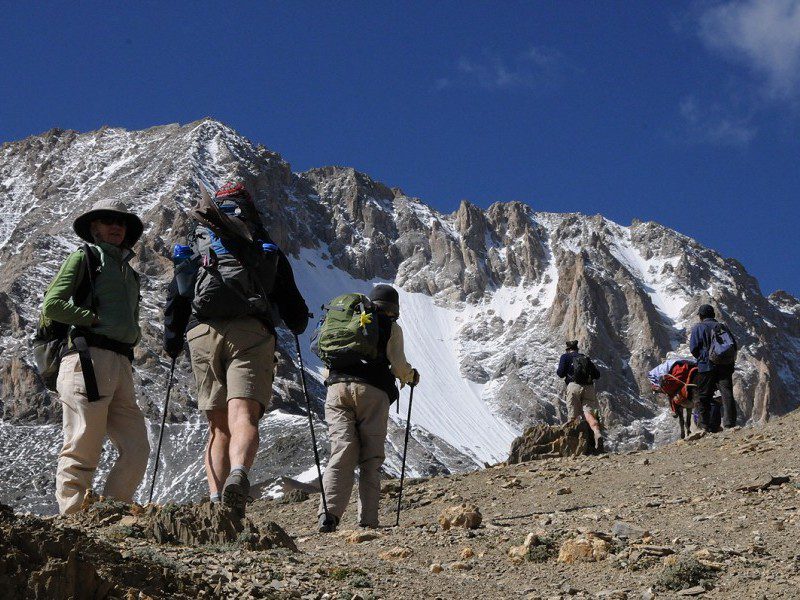
Untamed, Unfiltered: The Essence of Ladakh’s Trails
Markha Valley to Zanskar — Wilderness as Memory
There is a moment in every long-distance trek when you stop measuring the journey by kilometers or days. It begins to imprint itself differently—through scent, silence, and sudden clarity. In Ladakh, this shift happens quickly. Perhaps it was the third day on the Markha Valley trail, where the desert winds came barreling through canyon walls and the sky opened like a dome of prayer. Or maybe it was days later in Zanskar, surrounded by monasteries carved into cliffs and rivers that had no bridges—only faith and balance.
These are not just scenic hikes. These are trails that demand your presence. The terrain is both sublime and severe, changing with the altitude and the hour. You cross braided glacial rivers barefoot, your boots tied around your neck. You ascend passes in silence, not because of reverence, but because there is no oxygen left for speech. In these remote stretches, Ladakh stops being a destination. It becomes a feeling—a whisper of something older than you, something permanent and unbothered by your passage.
Unlike the Appalachian Trail, which is stitched together by signs and shelters, these Himalayan routes are sewn with memory. There is no one right way to walk them. Villagers will tell you alternate paths, shortcuts, or stories about routes used in winters past. It’s not about completing a trail. It’s about being part of it, if only briefly.
I remember crossing a high ridge near Shade, where the clouds split open to reveal snow peaks lined like sentinels. I stopped there for an hour, doing nothing but listening to the echo of wind against stone. I didn’t take a photo. I didn’t speak. I just stood there, feeling my insignificance swell into something sacred.
For the seasoned European trekker—those who’ve walked the GR20 in Corsica or crossed Iceland’s Laugavegur Trail—Ladakh offers no clear comparison. It is not merely a harder trek. It is a more honest one. There is no curation here. No Instagram-ready benches or well-placed lookouts. What you find is what you are willing to look for. And sometimes, that’s exactly what your soul has been asking.
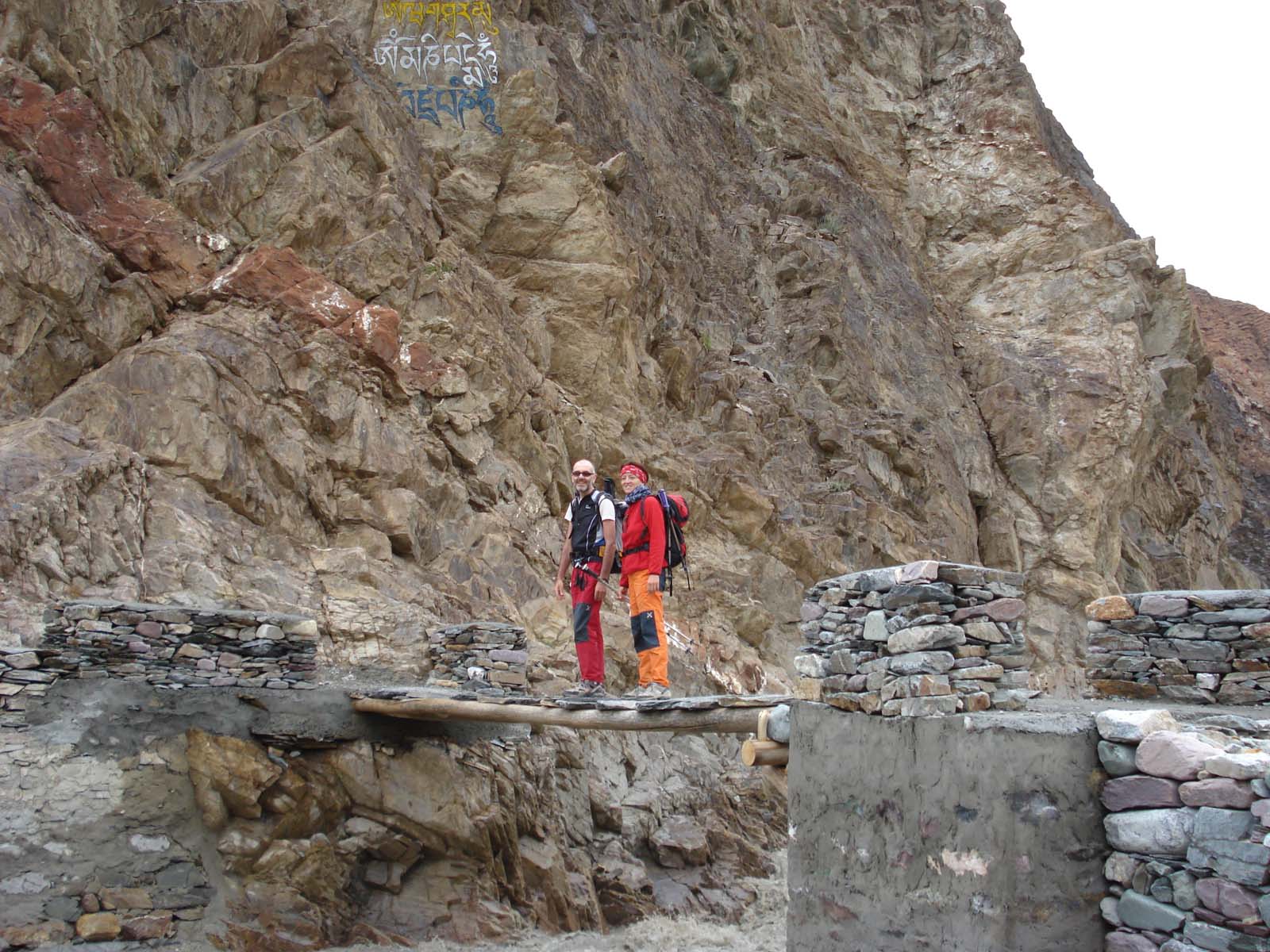
Notes from a Regenerative Lens
What Regeneration Really Means on the Trail
Sustainability is no longer enough. That’s what I’ve come to believe after walking through the villages and valleys of Ladakh. Sustainability says: do no harm. Regeneration asks: how can I leave this place better than I found it? The difference isn’t just semantic—it’s spiritual. In the European Alps, where over-tourism has left scars even on the most protected paths, the conversation is increasingly about quotas and infrastructure. But in Ladakh, the solution may lie in something more elemental: relationship.
I met a local guide in Tacha who repairs irrigation channels in winter and leads trekking groups in summer. “The mountains give us food,” he told me, “and we must return that gift.” There was no manifesto. No strategy paper. Just practice. His family collects plastic along the trails during every trek. They don’t advertise it. They don’t ask for praise. They simply see it as part of the walk.
Regenerative travel, then, is not about being a perfect traveler. It’s about being a participating one. It means asking yourself questions before you lace your boots. Who benefits from my presence here? Where does my money go? What stories am I listening to—or ignoring? It means choosing homestays over resorts, locally prepared food over packaged goods, and silence over spectacle.
One afternoon, while walking near the village of Yurutse, I paused to watch a group of women harvest barley by hand. They didn’t stop to pose. They didn’t wave. But I felt included. Not as a tourist, but as someone witnessing something real. That, I think, is regeneration too—leaving with more understanding than you brought in, carrying their rhythm back into your world.
For Europeans seeking a way to reconnect not only with nature but with purpose, Ladakh is a quiet call to action. Its treks are not polished experiences. They are invitations—to walk, to listen, and to tread so lightly that even the mountains feel unburdened. In Ladakh, you don’t just pass through the land. You are, for a moment, allowed to belong to it.

Conclusion — Walking the Edge of the Known and the New
There’s a moment that stays with me—not from a summit or dramatic landscape, but from a quiet dusk in the valley below Nimaling. The wind had softened. A single yak bell echoed in the distance. My legs were sore, my breath slow, my water nearly gone. And yet I felt nothing lacking. No checklist. No destination. Only a feeling: I had arrived at something, even if I couldn’t name it.
Trekking in Ladakh is not a line to follow. It’s a circle that draws you into a deeper awareness—not only of nature’s raw beauty, but of your own assumptions. Coming from the Appalachian Trail, I had expected to measure this place by familiar standards: distance, difficulty, elevation. But Ladakh gently dismantled those metrics. Here, the trail measures you.
The absence of signs became the presence of intuition. The lack of amenities made room for humility. The remoteness brought closeness—not only to nature, but to people, to the sky, to the self. In a world increasingly curated and calculated, this felt radical.
For travelers from Europe who crave more than just panoramic views—for those seeking depth, connection, and a reckoning with the wild—Ladakh is not just another trekking destination. It is a return. To something older, quieter, and infinitely more honest. You don’t leave Ladakh with a passport stamp. You leave with a pulse that beats a little slower, and a memory of air that was somehow thinner and richer at the same time.
So walk its trails, yes. Cross its rivers and passes. But let the mountains cross into you, too. Let them carve their wisdom into your breath, your bones, your way of seeing. And when you return home—whether to the Alps, the Pyrenees, or the forests of Scandinavia—don’t be surprised if those familiar trails feel just a little different. You’ve seen the edge of the known. And beyond it, the Himalayas whispered something you’ll never forget.
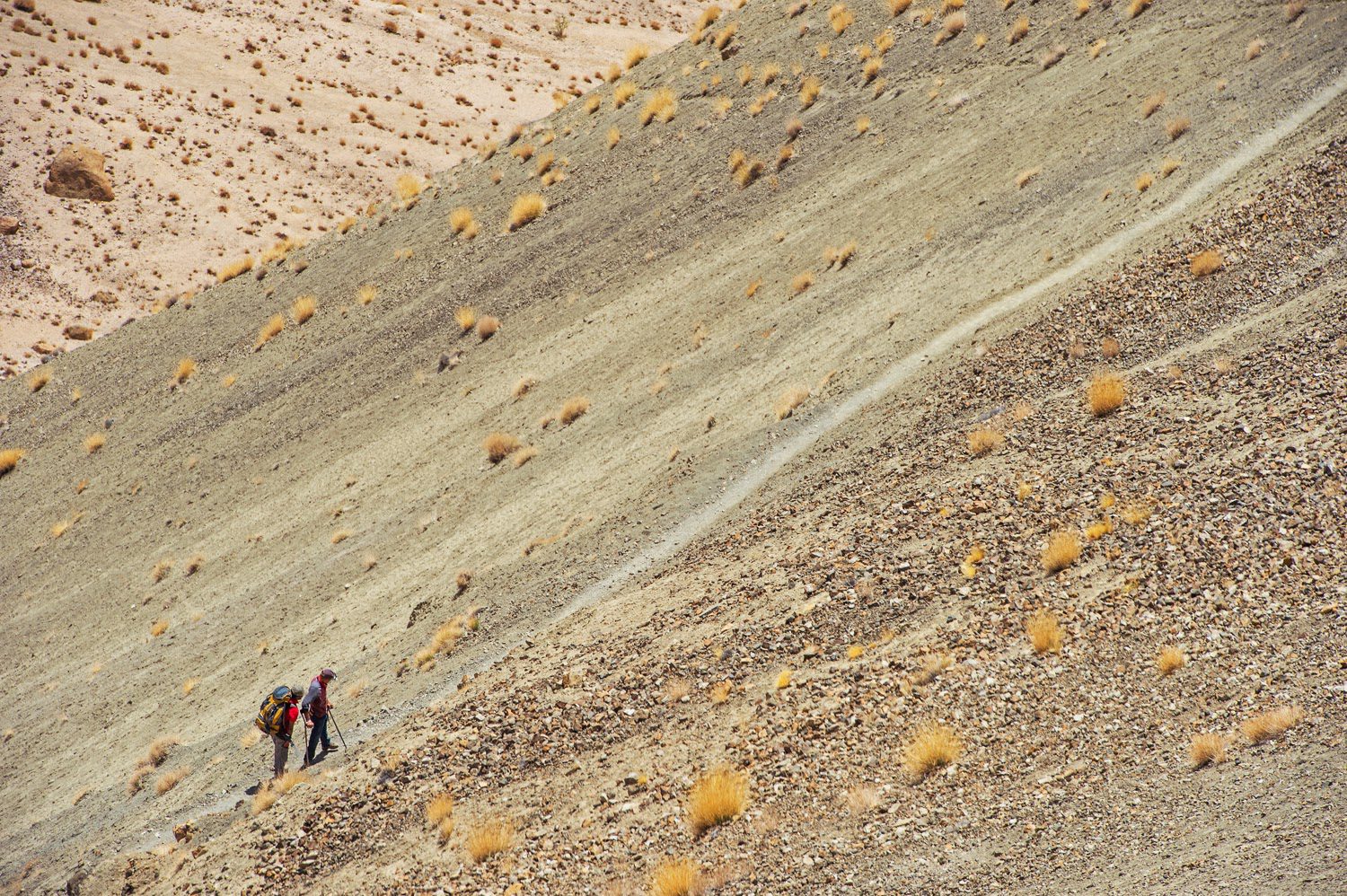
About the Author
Originally from the canal-lined city of Utrecht in the Netherlands, Isla Van Doren is a regenerative tourism consultant currently based in the Andean highlands near Cusco, Peru.
At 35, she has spent over a decade exploring the intersection of ecology, community, and conscious travel. Her writing blends academic observation with emotional resonance—infusing data with a human voice, and landscapes with layered meaning.
Her first journey to Ladakh opened a new chapter in her exploration of remote, high-altitude regions. Known for her ability to draw sharp comparisons between global trekking cultures—from Patagonia to the Pyrenees—she brings a deeply analytical yet soulful lens to every trail she walks.
Isla’s columns are shaped by lived experience and quiet encounters, always seeking to understand how travel can heal both people and places.


